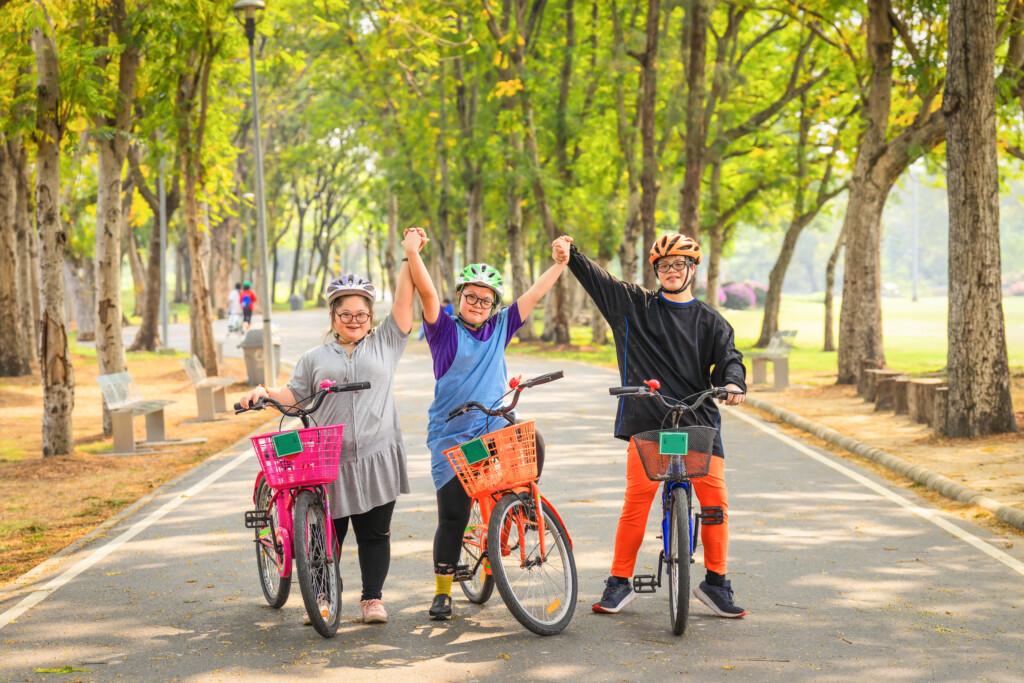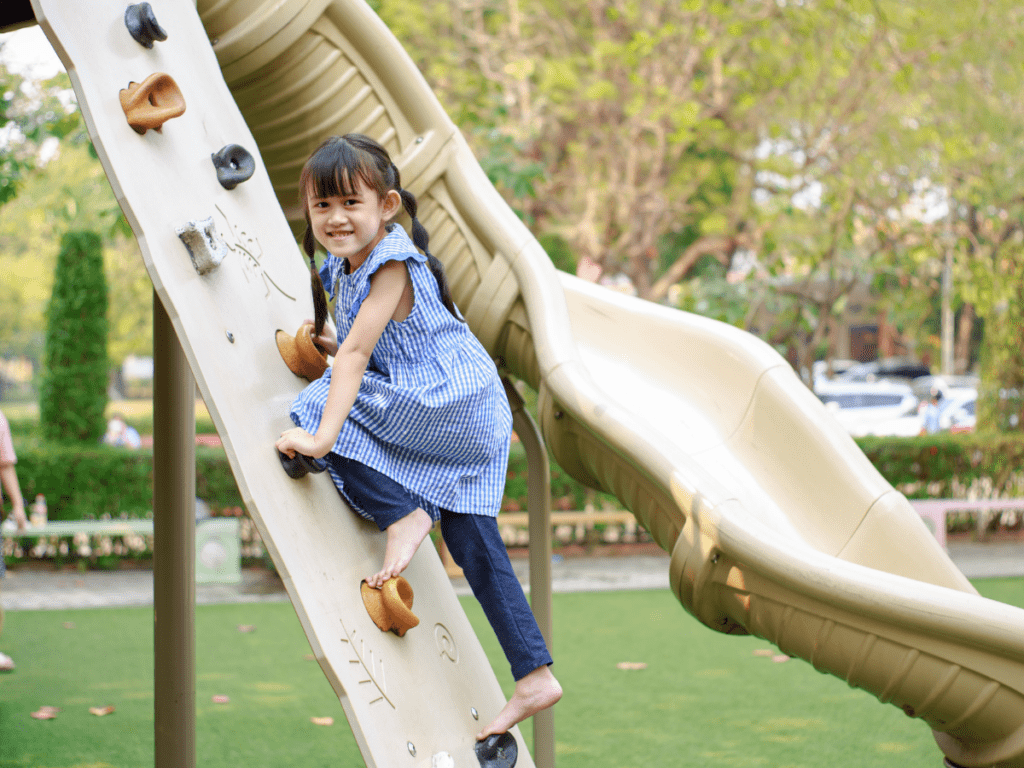How organized sport can foster and support finding belonging for young adults with intellectual and developmental disabilities

Belonging has been understood in many ways across lived experiences and fields of study. The sense of belonging, or lack thereof, can feel different for everyone. Carter (2021) explored 10 dimensions of belonging described by people with intellectual and developmental disabilities (IDD) finding that “belonging is experienced when people are present, invited, welcomed, known, accepted,…
Facilitating physical activity and physical education participation in autistic children and youth

Introduction and context Participation in physical activity (PA) and physical education (PE) is very important for all children and youth (C&Y) because it helps with physical, social, affective, and cognitive development (Bailey, 2006). Autistic C&Y especially gain from PA and PE as it may help develop their physical and social skills, including cooperation and personal…
Laura St John ( sportandbelonging@utoronto.ca ) @ 08/23/2023 10:49 am
Enhancing sport and physical activity for Canadians with disabilities
The Canadian Disability Participation Project (CDPP) is a cross-sector network of partners working together to enhance community participation among Canadians with disabilities. Since 2014, the CDPP sport and exercise team has created over 100 resources, including the “Blueprint for Building Quality Participation in Sport for Children, Youth and Adults with a Disability,” and the “Blueprint…
Reverse integration in wheelchair basketball
Practitioners interested in offering inclusive sport environments could consider reverse integration, a new approach that integrates mainstream participants into Para sport. When implemented in a wheelchair basketball league, researchers found health and social benefits for all participants including a deeper understanding and awareness of (dis)ability and roles within the team.
Global Assessment on Physical Activity
The Global status report on physical activity is WHO’s first global assessment of implementation of policy recommendations to reduce physical inactivity by 15% in 2030. The report shows global progress has been slow. To reach this goal, WHO provides 5 suggestions, one of which includes providing more opportunities for those such as older adults and…
Inclusive websites
A sport organization’s website is often the first place people with disabilities go to learn about different program offerings. Unfortunately, few organizations clearly indicate what programs they offer for people with disabilities. Making program information easier to find and ensuring that websites are easy to navigate and accessible to all individuals are just some strategies…
Canada’s first ever disability report card
The Canadian Disability Participation Project has created Canada’s first ever disability report card that summarizes physical activity data for youth with disabilities. Key findings included the need to prioritize youth with disabilities in policy and funding, improve monitoring, remove ableism for existing benchmarks, and address measurement gaps.
Cerebral Palsy: Exercise Recommendations
Exercise and physical activity have the power to change the lives of individuals with Cerebral Palsy (CP). Recent studies show that 75% of people living with CP spend nearly all their waking hours engaged in sedentary activities. Individuals with CP experience many benefits from individualized exercise programs, including increased endurance, motor function, and stability, as…
Adolescents with Autism
Physical activity improves physical health in youth with Autism Spectrum Disorder (ASD) while also developing social and communication skills. Research shows that adolescents with ASD are 60% less likely to participate in physical activity and 74% less likely to participate in organized sport compared to age-related peers. Creating policies and practices specific to the needs…